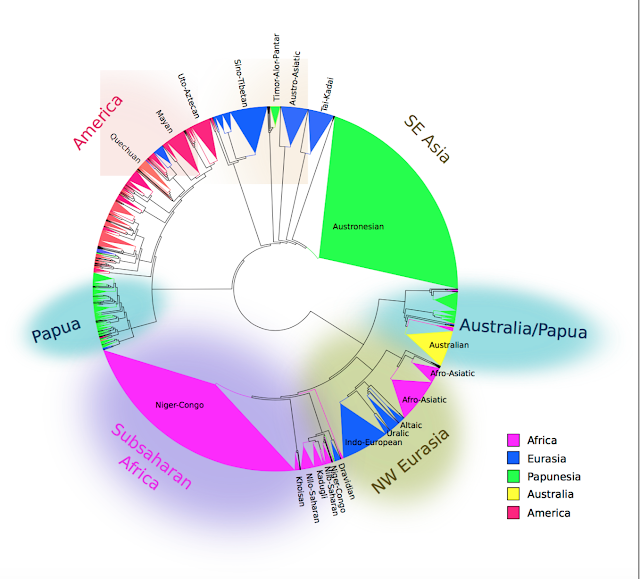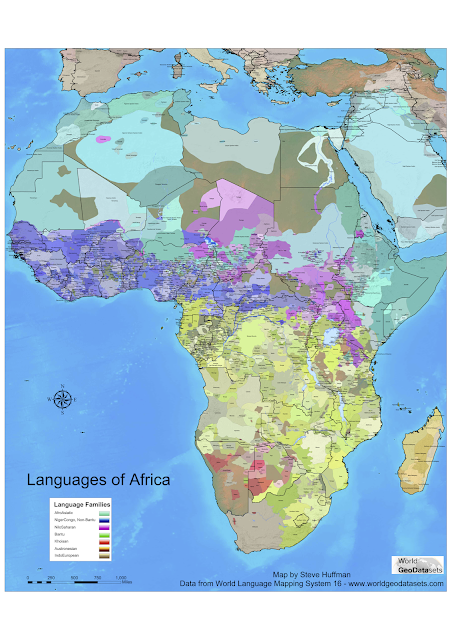How to "fake" a language to a linguist fieldworker
My friend Calle drew my attention to the fact that the well-renowed linguist Lyle Campbell has written an article on how to spot that a speaker is actually faking knowledge about a language. Interesting, huh? And, you can read this article for free online!
Link to free online PDF of official version
Link to in press-academia version (in case the above one has problems)
Excerpts:
 /../
/../Why would a person try to fabricate a language, why one would engage in such deception? Whatever the full range of motives might be, two significant ones almost certainly involve money and status.
/.../
As mentioned above, fakers run out of steam after a short while, not able to continue to come up with new “words.”
/.../
The faked languages I have encountered exhibit none of the recurrent parts of “words” that might be associated with inflectional or derivational morphology in true languages. Fakers seem incapable of fabricating morphology.
/.../
In short, it turns out to be very easy to detect attempts to fake a language in these situations – they exhibit the characteristics pointed out here.



Comments
Post a Comment